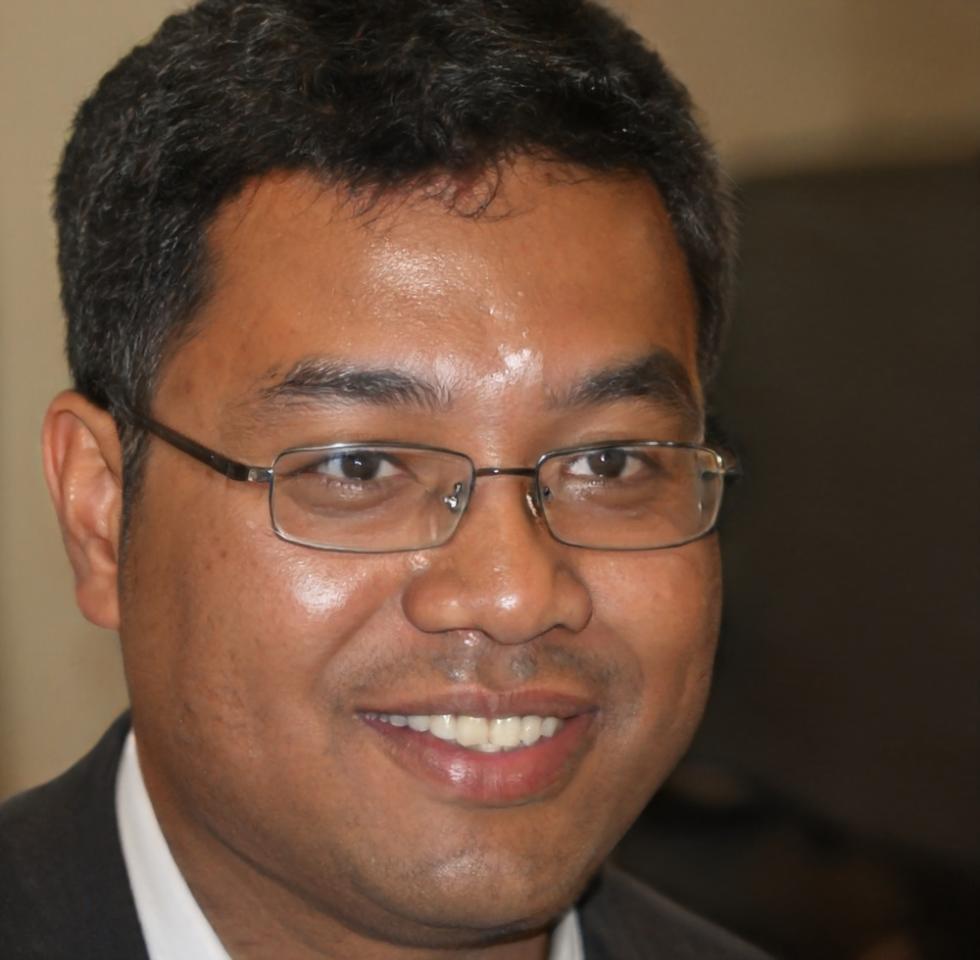Started With A Simple Question
Back in early 2018, three of us sat around a kitchen table in Tamworth trying to figure out why savings plans felt so bloody complicated. We'd all tried different approaches—traditional banks, fancy apps, financial advisors who talked in circles. Nothing quite clicked.
The problem wasn't that people didn't want to save. Most folks we knew had clear goals. They wanted security, flexibility, maybe a holiday fund or an emergency buffer. But the systems available either oversimplified everything into meaningless categories or buried you in jargon until your eyes glazed over.
So we built olzitorvion. Not as a magic solution or some revolutionary platform—just a straightforward service that treats savings plans like what they are: personal, practical tools for managing your financial breathing room. We've spent the years since 2018 refining our approach based on real conversations with real people across Australia.

What We Actually Do
We help people create savings plans that match their actual lives. That sounds simple, but it means listening more than lecturing. Your income pattern might be seasonal. Your expenses might spike unpredictably. Your goals might shift when life throws curveballs.
Our programs walk you through building a savings structure that bends without breaking. We're not here to sell you on aggressive investment strategies or pressure you into commitments that don't suit your situation. The focus stays on clarity, sustainability, and giving you the confidence to make informed choices about where your money goes.
The Person Behind The Approach
We keep our structure lean because it lets us stay connected to the actual work. Meet the person shaping our methodology and working directly with participants.

Darren Whitlock
Lead Financial Educator
Darren spent twelve years working in regional banking before realizing he enjoyed the teaching side more than the sales targets. He transitioned into financial education in 2016 and joined olzitorvion in 2019.
His background gives him insight into how financial institutions operate, which helps when we're explaining why certain savings structures work better than others. Darren's the one who designs our program modules and leads most of our workshop sessions.
How We Developed Our Framework
Our methodology evolved through trial, feedback, and plenty of adjustments. These three phases shaped how we structure our savings education programs today.
Research Phase: 2018-2019
We spent the first eighteen months mostly listening. We ran informal workshops in community centres around regional New South Wales, asking people what frustrated them about saving money. The answers surprised us—it wasn't lack of willpower or income. Most people struggled with the gap between generic advice and their specific circumstances.
This phase taught us that effective savings education needs flexibility built into its core. Cookie-cutter plans fail because life doesn't follow templates.
Development Phase: 2020-2022
We built our first structured program in 2020, tested it with a small group, and learned what worked. Spoiler: not everything did. We discovered that people needed more context around why certain savings strategies existed, not just instructions on how to implement them.
By 2022, we'd refined our approach into modular workshops that participants could adapt to their situations. The feedback shifted from "interesting but not quite right for me" to "this actually helps me think differently about my finances."
Refinement Phase: 2023-Present
Since 2023, we've focused on accessibility and depth. We expanded our program offerings to cover different experience levels and added more practical exercises based on real scenarios. We also introduced ongoing support options because one-off workshops only get you so far.
Our autumn 2025 programs reflect everything we've learned. They balance structure with adaptability, theory with practical application, and guidance with personal autonomy. We're not promising transformation—just solid education that helps you make better decisions about your savings.


